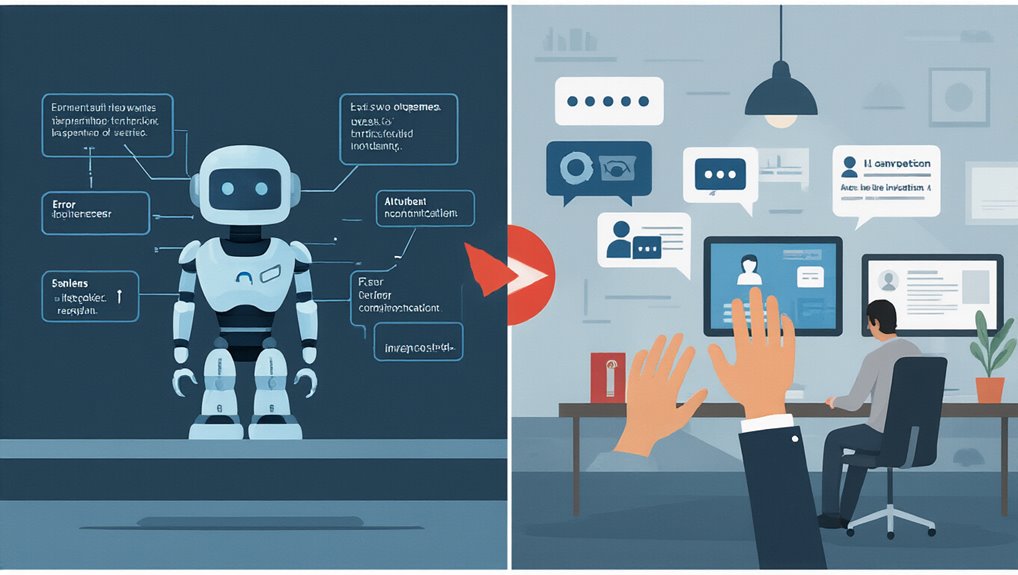As organizations race to incorporate artificial intelligence into their operations, a critical distinction has emerged between “doing AI” and “using AI.” This fundamental difference shapes how businesses invest, compete, and transform in the age of intelligent technologies.
Companies that develop AI solutions internally—”doing AI”—create custom capabilities tailored to their specific needs. This approach requires substantial investment in specialized talent, infrastructure, and research capabilities. In contrast, “using AI” involves adopting existing tools developed by external providers, offering quicker deployment but potentially less competitive advantage.
Developing AI internally creates tailored solutions but demands hefty investment; using external AI tools enables faster deployment with potentially diminished competitive edge.
The financial impact of these approaches varies considerably. While generative AI deployments have boosted revenues within business units, only a minority of organizations see enterprise-wide revenue increases exceeding 5%. Similarly, 28% of business leaders report cost-cutting benefits at the company-wide level, with AI saving employees approximately 2.5 hours daily through improved efficiency.
Size matters in AI adoption strategy. Large enterprises (1,000+ employees) are twice as likely to develop AI internally compared to smaller firms. This disparity reflects the resource requirements for “doing AI” effectively, including specialized talent and risk management infrastructure. In fact, 66% of businesses have hired employees specifically to implement or manage AI processes. Many organizations choose to outsource IT functions to access specialized expertise while focusing internal resources on core business activities.
Different industries leverage AI in tailored ways:
- Retail and manufacturing expect widespread adoption with considerable financial impact
- Netflix gains $1 billion annually through AI-driven recommendations
- Telecommunications companies employ AI chatbots at 52% penetration
The strategic importance of AI continues to grow, with 72% of executives viewing it as a critical business advantage. The AI market is projected to reach $1.85 trillion by 2030, growing at 37.3% annually. This growth is fueled by the fact that more than 60% of companies now leverage generative AI, significantly enhancing productivity and reducing workloads by 60-70%. The rapid transformation of business operations is evident as 90% of companies are either currently using or exploring AI applications across their functions.
For most organizations, the ideal approach combines both strategies—developing proprietary AI solutions for core competitive functions while leveraging external tools for standardized processes. This balanced approach allows companies to harness tailored innovation where it matters most while achieving rapid implementation across the organization.









